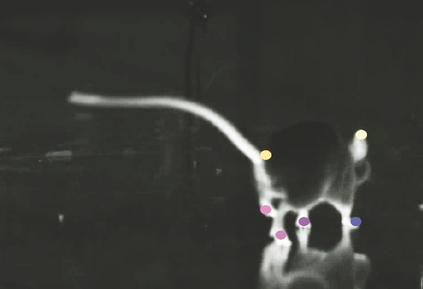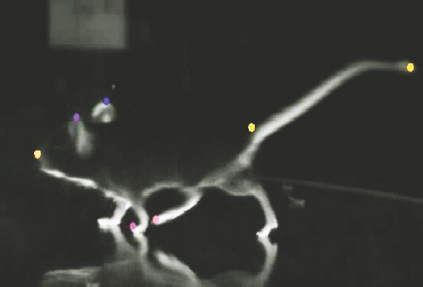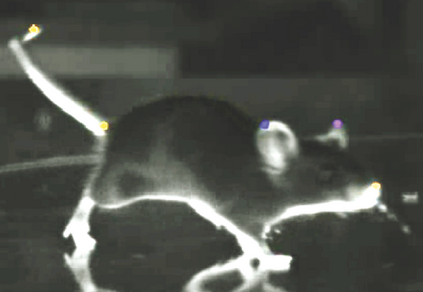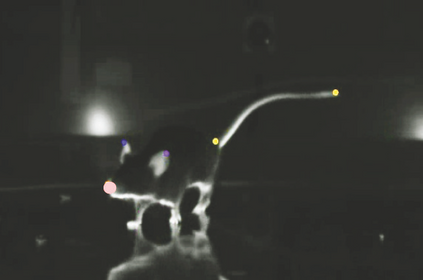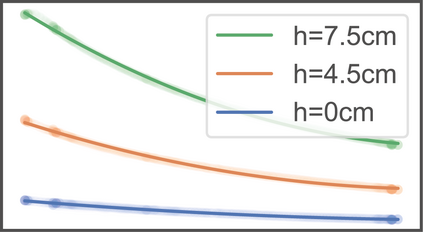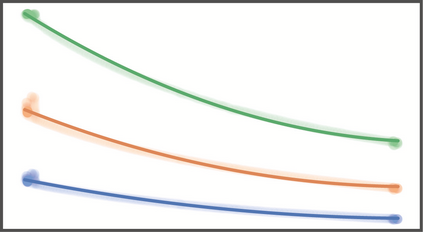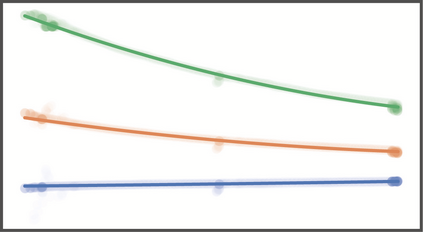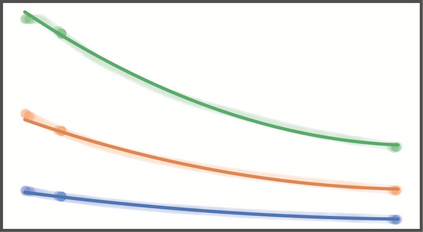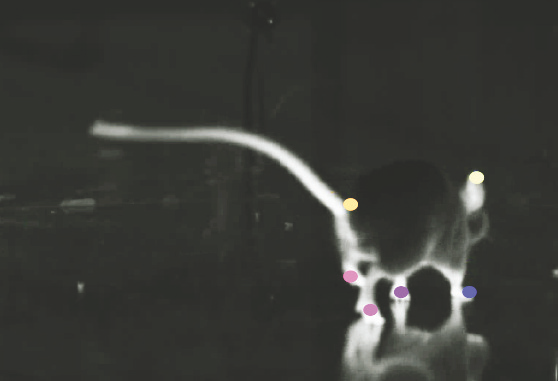The assessment of laboratory animal behavior is of central interest in modern neuroscience research. Behavior is typically studied in terms of pose changes, which are ideally captured in three dimensions. This requires triangulation over a multi-camera system which view the animal from different angles. However, this is challenging in realistic laboratory setups due to occlusions and other technical constrains. Here we propose the usage of lift-pose models that allow for robust 3D pose estimation of freely moving rodents from a single view camera view. To obtain high-quality training data for the pose-lifting, we first perform geometric calibration in a camera setup involving bottom as well as side views of the behaving animal. We then evaluate the performance of two previously proposed model architectures under given inference perspectives and conclude that reliable 3D pose inference can be obtained using temporal convolutions. With this work we would like to contribute to a more robust and diverse behavior tracking of freely moving rodents for a wide range of experiments and setups in the neuroscience community.
翻译:对实验室动物行为的评估是现代神经科学研究的核心内容。行为通常从构成变化的角度进行研究,这些变化最好在三个方面进行。这要求对从不同角度观察动物的多摄像头系统进行三角勘测。然而,由于隔离和其他技术限制,这在现实的实验室设置方面具有挑战性。我们在这里建议使用使3D能够从单一视像相机的角度对自由移动的鼠类进行强力3D估计的升降定位模型。为了获得提高面貌的高质量培训数据,我们首先在摄像组中进行几何校准,其中涉及动物的底部和侧面观点。我们随后从推断角度评价了先前提出的两个模型结构的性能,并得出结论认为,可靠的3D构成推论可以通过时间演算获得。我们想通过这项工作,为神经科学界的广泛实验和设置对自由移动的鼠类动物进行更有力和多样的行为跟踪作出贡献。

